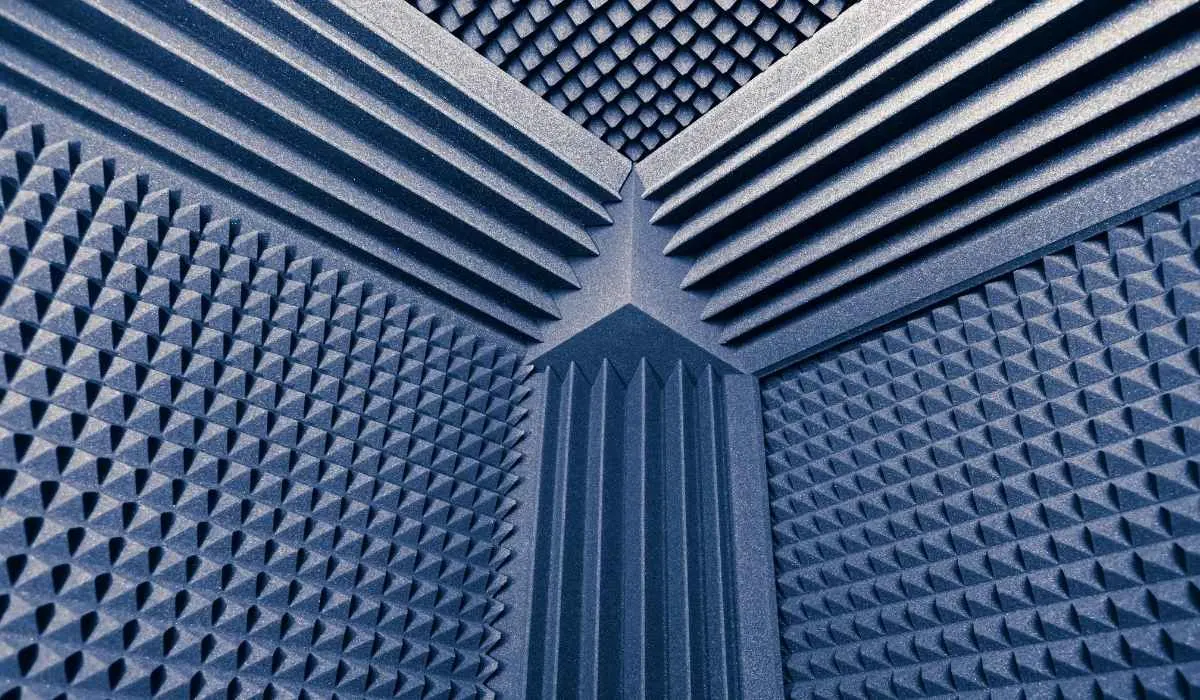There are many myths surrounding soundproofing and which materials, or objects are effective for this purpose. A common cheap soundproofing solution that is recommended is cardboard.
Despite not being designed to absorb sound waves, cardboard can be effective at soundproofing. The material is good at dampening sound, but it will still reflect some of the sound waves and therefore isn’t as proficient at soundproofing as more absorbent materials like acoustic foam.
One of the best things about using cardboard for soundproofing is that it is so readily available and very inexpensive. The thicker the cardboard is, the better it will be at dampening sound waves, thus soundproofing the space. Corrugated cardboard is the most effective variety.
In this article, we’ll provide an in-depth assessment of cardboard’s effectiveness as a soundproofing material and give you some tips on how to use it.
Is Cardboard Good for Soundproofing?
Soundproofing solutions such as acoustic panels and foam panels can be costly, particularly if you need enough to soundproof a sizable room. It’s therefore understandable that people are interested in finding more affordable options.
Cardboard is a material that most of us already have in our homes, most likely in the form of storage boxes. If you don’t already have any, cardboard is easy to get hold of, free of cost.
As a soundproofing material, cardboard is surprisingly effective. Granted, it won’t achieve the level of soundproofing that more absorbent materials like acoustic or foam panels do, but it can still help to dampen the sound waves.
Not all cardboard is good for soundproofing, and several varieties are available. The cardboard must be corrugated and of the C-fluting or E-fluting variety.
C-fluting corrugated cardboard has wave-like rolls which join two cardboard sheets, while E-fluting has square spaces rather than rounded shapes. Both of these types can be effective at dampening sound waves.
For the best results, you can glue C-fluting and E-fluting corrugated cardboard together, then apply them to the walls in your room. This will create a double barrier so that more of the sound waves are blocked from reflecting and leaving the space.
The effectiveness of cardboard for acoustic purposes is not just based on opinion but has now been backed up by a study published in 2015.

How Does Cardboard Soundproofing Work?
All soundproofing is designed to prevent sound waves from reflecting freely around a space, stopping them from escaping. However, the way that different materials achieve this varies slightly.
Cardboard works by deadening the sound waves rather than absorbing them. The corrugated design – which comes with round waves or squares in between two sheets of cardboard, is integral to its soundproofing capabilities.
When a sound wave comes into contact with the cardboard, the waves or squares trap them so that they cannot escape and be reflected off the walls, ceiling, and other surfaces inside a room.
As cardboard is not designed for soundproofing, it isn’t the most effective material for absorbing or deadening sound waves. Acoustic foams will do a much better job but also cost you significantly more money.
Despite not being designed for soundproofing, corrugated cardboard can still reduce noise by a significant amount. The more layers you use, the more effective the cardboard is likely to be.
It might be a good idea to combine cardboard with other acoustic soundproofing materials so that you can save money but also achieve a satisfactory level of absorption to reduce the volume of noise in the space.
Cardboard and Sound Wave Reflection
One of the key qualities that soundproofing material must possess is the ability to absorb or dampen more sound than it reflects. A solid surface, such as a wall, window, or table, is likely to be very reflective.
This causes the sound waves to move around the space, which can result in a build-up of certain frequencies. Issues like bass traps, which occur when certain low-end frequencies repeatedly reflect in the corner of a room, are caused by reflective surfaces.
Soundproofing is used to prevent this from happening. Ideally, the soundproofing material should be as absorbent as possible while reflecting little or no sound waves back into the room.
Cardboard does reflect some sound waves. However, it is effective at reducing the overall volume because it can also dampen many of the waves that come into contact with it.
Even the most absorbent high-end, professional-grade soundproofing will still reflect a small amount of sound.

How To Use Cardboard for Soundproofing
Using cardboard as a soundproofing material is very simple. Firstly, you’ll need to get enough cardboard for the space that you want to soundproof.
You can then use a pair of scissors or a box cutting knife to cut the cardboard into sheets that are the right size. Once you have enough sheets cut out, stick them onto the wall or ceiling using tape or glue.
It’s a good idea to use multiple sheets stacked together if you want to make the cardboard more effective for soundproofing. You can stick one layer to the surface, then stick another to that layer using more glue.
To improve the cardboard’s soundproofing capabilities even further, you can add sheets of foil to the back. This will block the soundwaves from passing through the sheets and reduce the volume of sounds outside the room.
The only downside to using cardboard as soundproofing is that it may not be as aesthetically pleasing as acoustic panels or other options. However, it’s much cheaper, and if you’re not too concerned with appearance, it’s a great solution.
Does Cardboard Improve the Sound in a Room?
As we’ve discussed, cardboard can be effective at soundproofing a room if it is used in a certain way. Most acoustic treatment is designed not only to soundproof a space but also to improve its overall sound.
Cardboard also has the potential to do this, albeit to a lesser degree than other popular acoustic treatments such as foam panels. This is because cardboard is more reflective than foam, and therefore it doesn’t absorb sound waves with the same level of effectiveness.
Nevertheless, if you were to compare the sound of a room without any cardboard soundproofing to one with it, the latter space would likely have a better sound with fewer acoustic issues.
Related Questions
What’s the cheapest way to soundproof?
Cardboard is one of the cheapest ways to soundproof a room effectively, but blankets and duvets are other great solutions that don’t cost much. Hanging these items over doors and windows will prevent noise from getting out of the room.
Do I need to cover a whole wall for soundproofing?
To soundproof a room, you only need to cover around 20-40% of the total surface areas of the walls. This will be sufficient for absorbing a large portion of the sound waves without over-dampening the sound.
Are rugs good for soundproofing?
Rugs and carpets can help with soundproofing a room because they are often made from materials that can absorb sound. This will be particularly helpful if you want to prevent sound from traveling into downstairs rooms.
